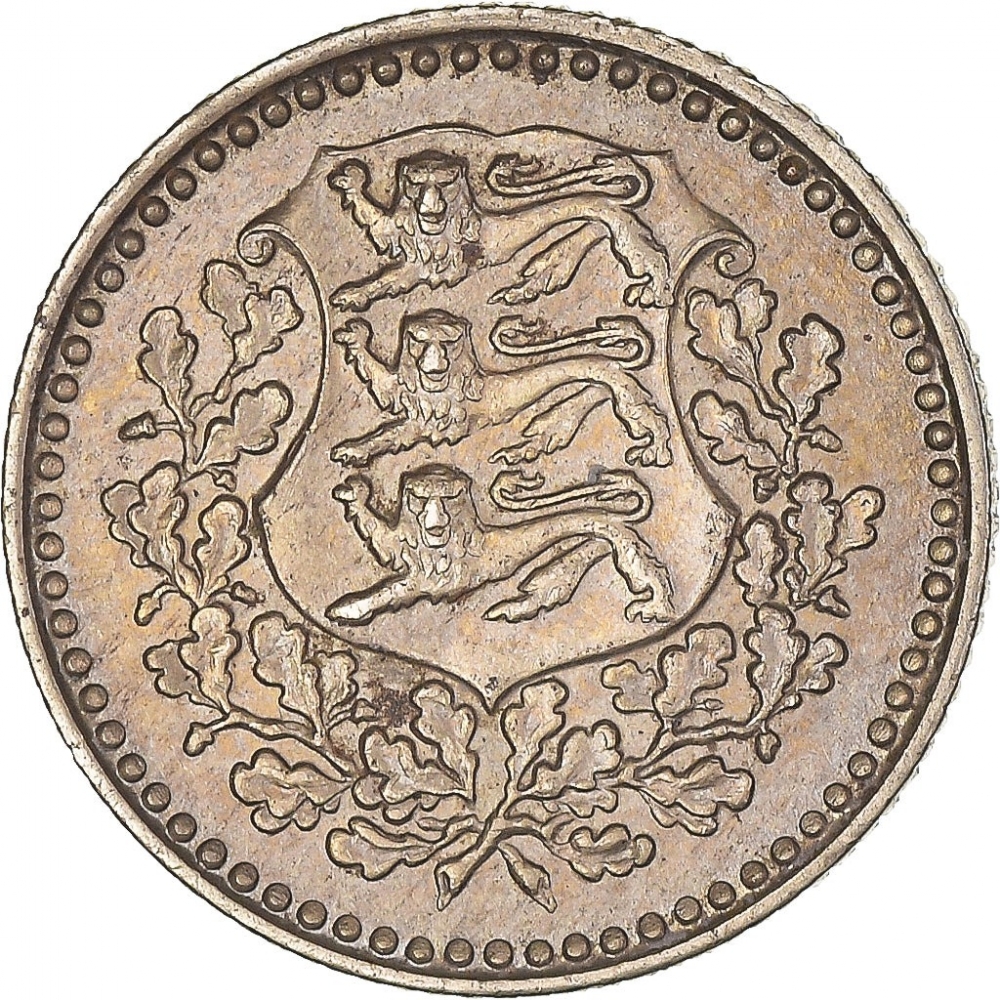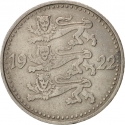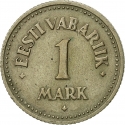You are about to finish your registration. Please check your mailbox (including spam folder). There should be a letter with a confirmation link. Check setting to make sure that your e-mail address is correct.
Send letter againDescription
Although the Republic of Estonia had already been proclaimed on February 24, 1918 under the conditions of German occupation any kind of public activity to establish independent statehood was inconceivable. The opportunity to do that came only after the surrender of Germany to the victorious states of World War I on November 1st 1918. On the same day the Estonian Provisional Government reassembled, and besides other vital questions, a lot of attention was paid to developing its own financial system.
The mark was the currency of Estonia between 1918 and 1927. It was initially equivalent to the German ostmark, which had been circulating alongside the Russian ruble since the German occupation.
Engraver: Georg Vestenberg
Obverse

|
Depicts the coat of arms of Estonia (1925–1940). |
|---|---|
Reverse

|
Depicts the denomination, while the country name (Estonian Republic) is positioned above it, and the issuing year date is located below. EESTI VABARIIK |
| Edge |
Characteristics
| Material | Copper Nickel Zinc |
| Weight | 2.56 g |
| Diameter | 18 mm |
| Thickness | - |
| Shape |
|
| Alignment | Medal |
| Mint |
Estonian State Printing Office
|





